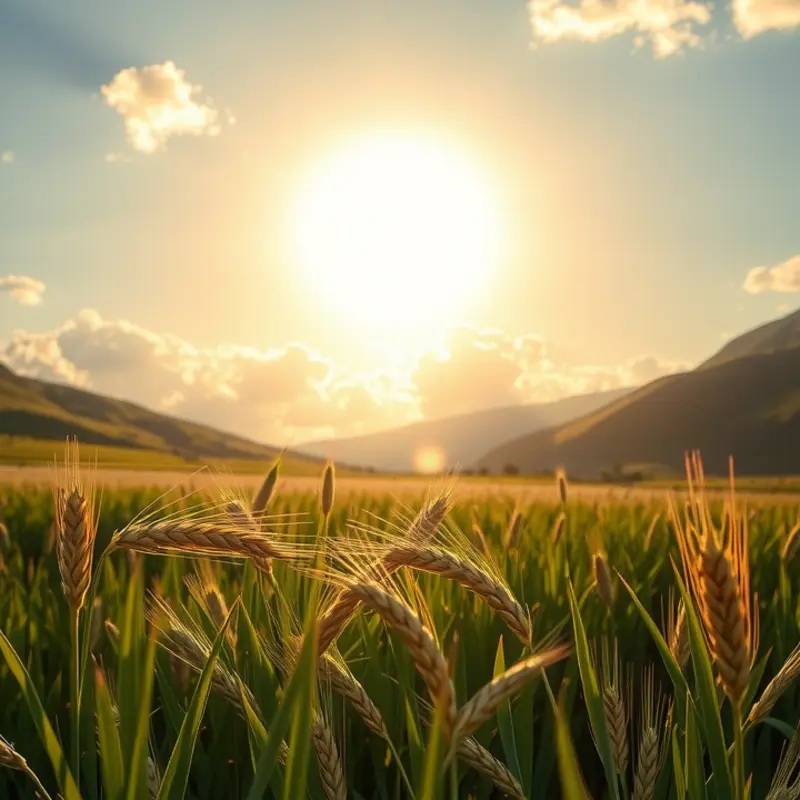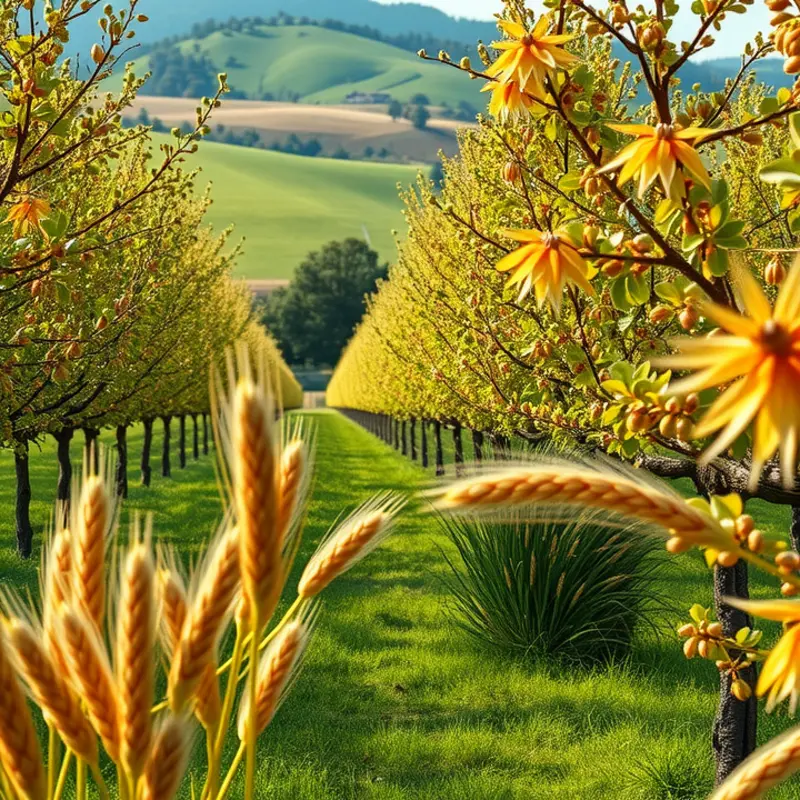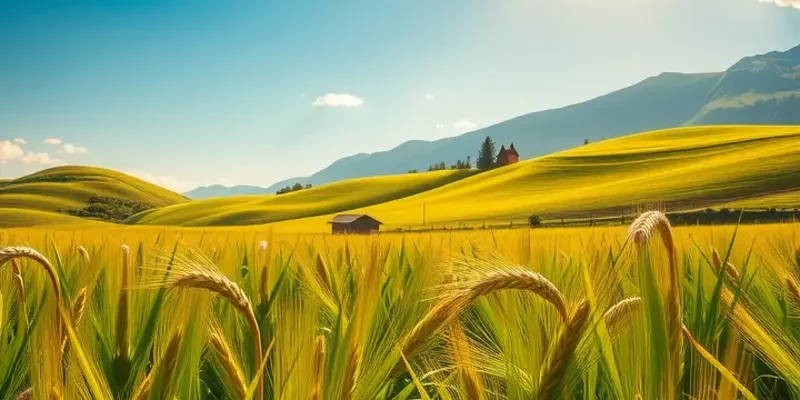Bread has been a staple in diets across the globe for centuries, with artisan bread making a notable mark in the culinary world. Each region boasts its unique styles, flavors, and techniques, often rooted in deep cultural traditions. From the crusty baguettes of France to the chewy focaccia of Italy, artisan breads tell stories of heritage, community, and time-honored craftsmanship. Join us as we delve into the rich tapestry of artisan bread cultures, how they evolved over time, and what makes each one so special.
The Rise of Artisan Bread in Europe

Europe is a continent rich with diverse culinary traditions, and bread occupies a sacred place in its food culture. Artisan breadmaking weaves together history, geography, and artistry, with each country boasting unique styles born of local ingredients and climate. From the robust sourdough loaves of France to the intricate pretzels of Germany, each creation tells a story of skill and passion.
In France, the baguette epitomizes the cultural significance of bread. Crisp on the outside, tender and airy on the inside, its allure lies not only in taste but in technique. The art of baguette-making is handed down through generations, each baker mastering the craftsmanship. French bakers traditionally use a long fermentation process to develop flavor, a method enhanced by the natural yeast present in the flour. This technique not only extends the fermentation but also heightens the nutritional value, echoing insights from nutritional adequacy basics.
Moving eastward, Italian focaccia offers a distinct contrast with its plush texture and savory toppings. It is often flavored with regional olive oils, herbs, and sometimes olives or sundried tomatoes. Each region infuses its version with local flair, reflecting the diversity of Italy’s landscape and climate. In Liguria, for example, the focaccia is noted for its simplicity and the delicate balance of salt, olive oil, and rosemary. It’s a bread that invites variance, each baker adding a personal touch while adhering to time-honored methods.
Germany presents yet another facet of European bread culture with its quintessential pretzel. Recognized by its distinctive knotted shape and burnished crust, the pretzel is a testament to the precision and tradition German bakers employ. The unique flavor and glossy finish of a pretzel comes from boiling the dough in a baking soda solution before baking, a step that cleverly combines science with culinary artistry. Ingredients like rye flour are often used, lending a dense and hearty quality that distinguishes German bread.
Traveling through these regions, one understands that artisan bread is much more than sustenance; it embodies the identity of its people. The shared commitment to preserving these craft traditions illustrates a broader harmony where food culture links past, present, and future generations. The communal act of breaking bread here takes on new dimensions, celebrating shared heritage and narrative through each loaf and twist.
Europe’s artisan bread showcases not just diversity in style but an abundance of creativity and dedication. Here, the artistry of breadmaking is a vibrant testament to the integration of tradition with modern sensibilities. Breadmaking’s continued evolution hints at an ongoing dialogue between the baker and the environment, one that shapes each loaf into a story worth telling.
Artisan Bread Traditions Beyond Europe

The global tapestry of artisan bread weaves stories of culture, tradition, and innovation far beyond the borders of Europe. Each region’s bread encapsulates the environment and lifestyle of its people, often using local grains and age-old methods, while adapting to modern needs.
In the foggy landscape of San Francisco, sourdough reigns supreme. The city’s foggy climate provides the perfect environment for the unique strains of wild yeast that give the bread its distinctive tang. Sourdough’s legacy in San Francisco is entwined with the Gold Rush of the mid-1800s, when prospectors depended on its nourishing, long-lasting qualities.
Traveling south to Mexico, tortillas are essential to daily life and cultural rituals. Traditionally made with nixtamalized corn, a process that enhances nutritional availability and flavor, tortillas are a testament to Mesoamerican ingenuity. The practice of nixtamalization, involving soaking and cooking maize in an alkaline solution, has been passed down through generations, showcasing an ancient form of food biology. The simplicity of a tortilla belies its versatility and cultural significance—from temple offerings to everyday meals.
The Middle East offers an array of flatbreads, each mirroring the diversity of its people. In countries like Iran and Afghanistan, traditional breads such as sangak and naan-e-barbari are baked in tandoor-style ovens, giving them a characteristic smoky flavor. These breads accompany meals as edible utensils, woven intimately into the culinary fabric of the region. The ritual of bread-making extends beyond sustenance, representing hospitality and community.
Heading further east, Indian subcontinent breads like naan and roti are staples that anchor meals throughout the region. Made with whole-wheat flour, these breads are often cooked over an open flame or in a tandoor, offering a flavorful pairing with the intricate spices typical of Indian cuisine. These breads are not just meal accompaniments but crucial to traditional events and family gatherings.
In South America, the underrated arepa takes center stage, particularly in Venezuela and Colombia. Made from a dough of ground maize flour, arepas are grilled or baked and can be split to hold a variety of fillings. Their history dates back to pre-Columbian times, serving as a primary sustenance for indigenous peoples. Today, they are celebrated as a culinary emblem of the region.
These artisan bread traditions highlight culinary influences of trade, which have historically fueled innovation and cultural exchange. The movement of grains, spices, and techniques across borders has enriched local culinary landscapes, allowing artisan breads to evolve in form and function. Thus, artisan bread beyond Europe not only preserves cultural identities but also tells tales of resilience, adaptation, and discovery across the globe.
Final words
Artisan bread cultures around the world are a testament to human creativity, cultural exchange, and enduring traditions. From the meticulous techniques passed down through generations to the local ingredients that define their distinct flavors, these breads are more than mere food; they represent a sense of identity and belonging within communities. As you sample the many varieties of artisan bread, remember the stories they encapsulate and the rich heritage they preserve. Take the experience a step further by trying to bake some of these recipes at home, savoring not just the delicious results but a piece of history as well.








